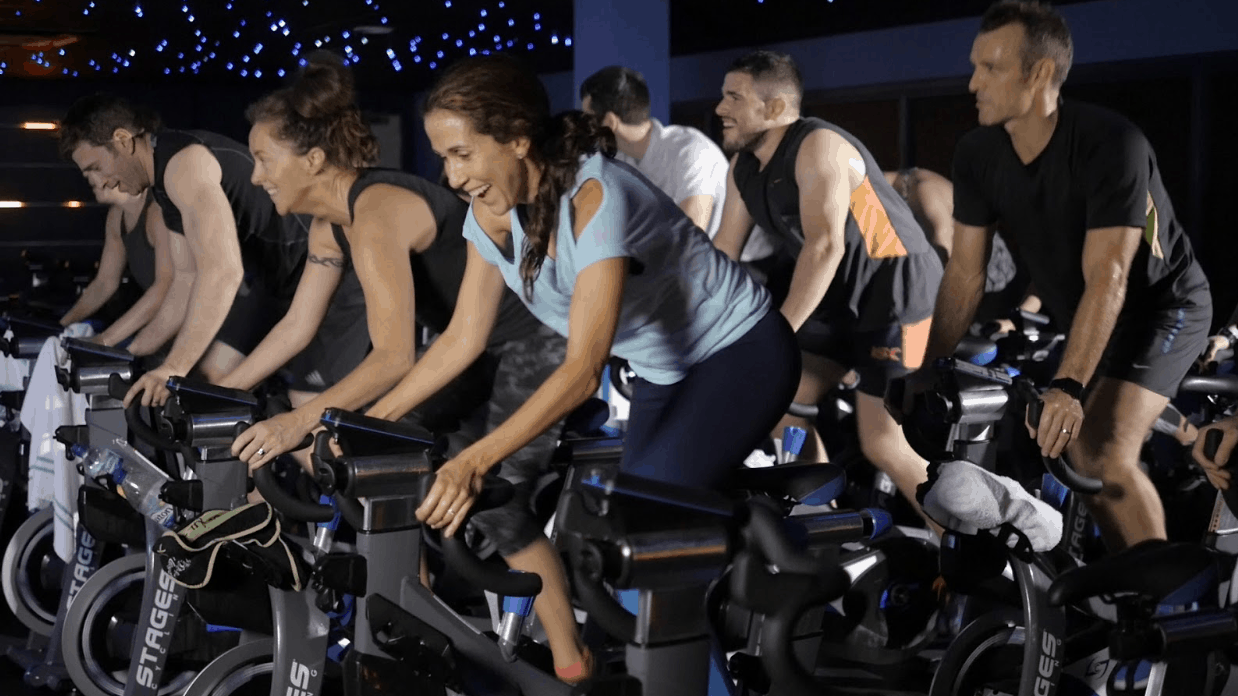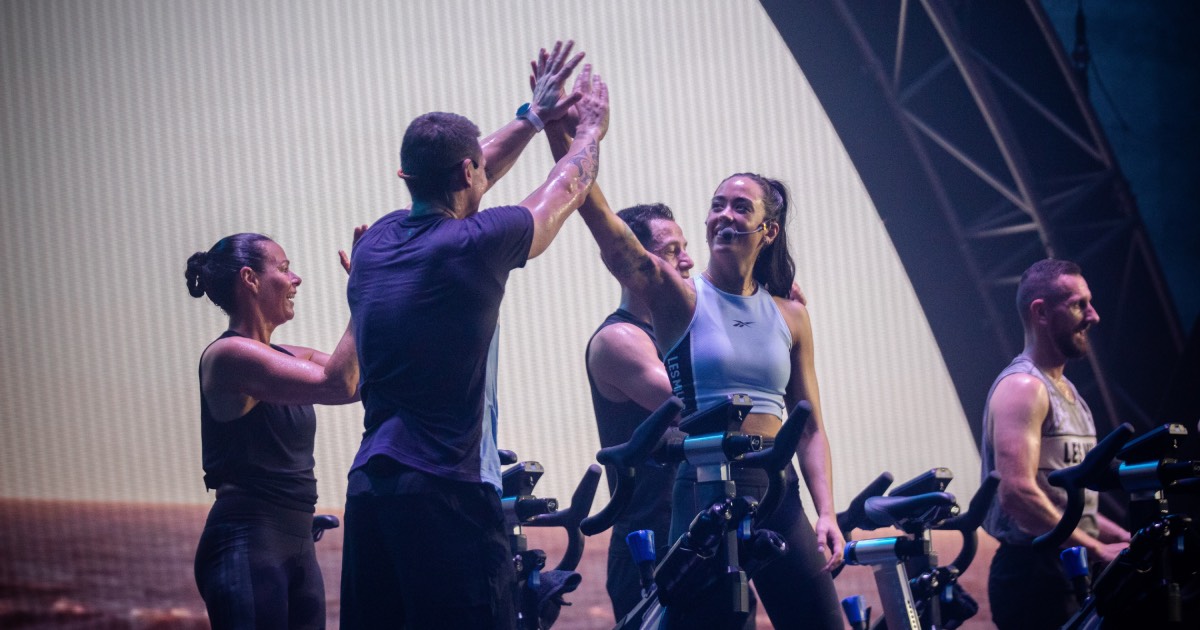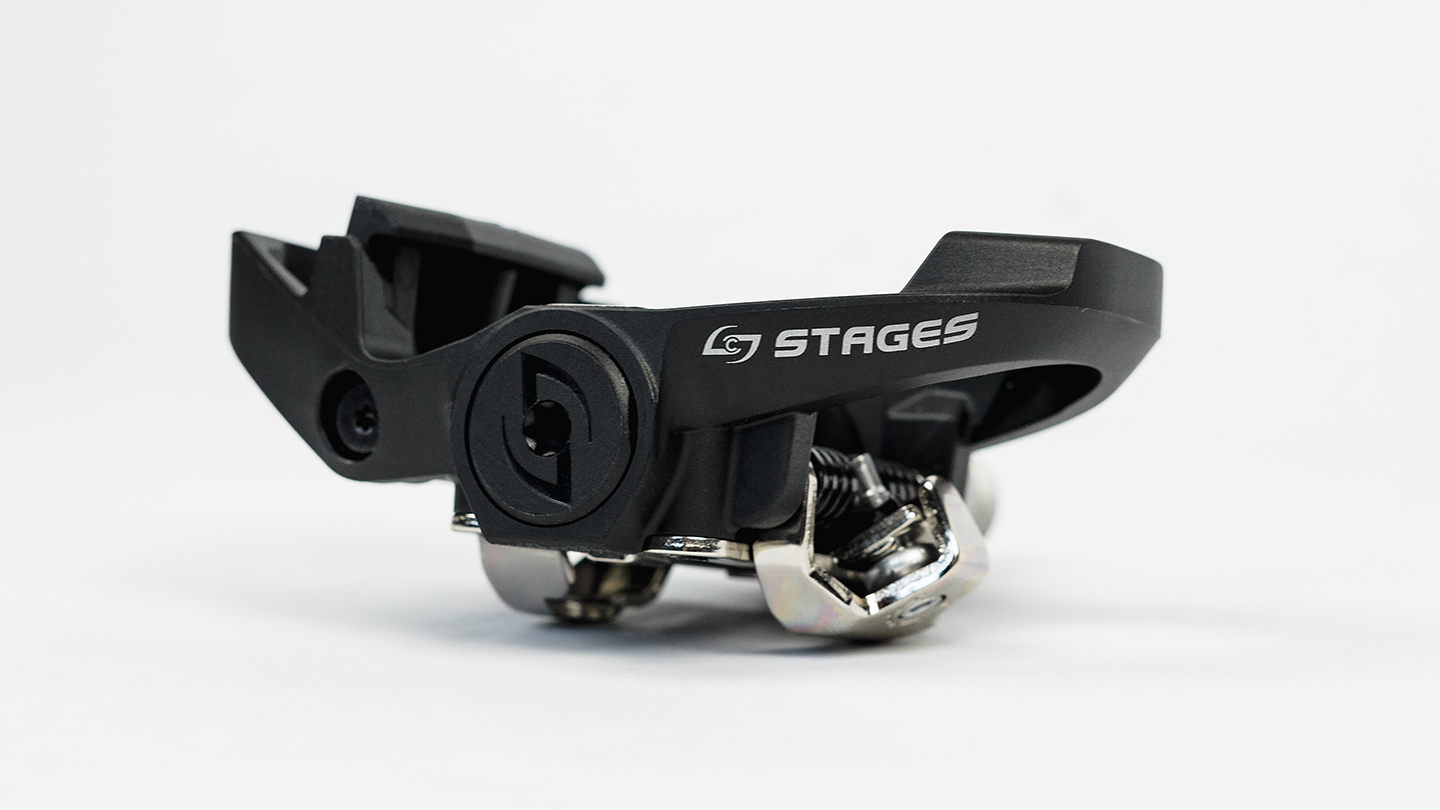How to Make The Most of Indoor Cycling
- By Kate Hector
- Published: 2 sept 2018
- Last Updated: 11 dic 2021

We have all been there: You're on your bike, the studio door has shut, and you suddenly feel like this is going to be a waste of an hour. You were looking to turn your legs, get your heart racing and get a real hard workout. But now it seems the ride plan has other things in mind. Or does it?
Master Educator Lenita Anthony, M.S. explains 6 misconceptions so that you can make the MOST of any Indoor Cycling Class.
By Master Educator Lenita Anthony, M.S.
Misconception #1: RPMs (Cadence) = “Speed”
A common mistake in indoor cycling is the assumption that fast pedaling translates to what would be a fast speed outdoors, on the road….regardless of the torque being applied.
Key Take-away:
Power meters demonstrate that fast pedaling alone does not replicate a “fast” outdoor speed. Unless significant torque is ALSO being applied (watts/kg), fast legs may equate to a rather slow speed of travel outside! More power (or watts) = More “speed”!
(Note: “leg speed” is a useful term that refers to cadence – not speed of travel. Leg speed drills are about skill acquisition and the development of a smooth and efficient pedal stroke, where power output is secondary).
Misconception #2: If you’re not pedaling as fast as the person next to you, you’re not working as hard.
Individual differences in RPM’s (cadence) are not just okay, they are a necessity when the goal is optimizing power output. Preferred cadence is a term used in cycling to describe the cadence at which one is the most effective at producing power (under a given duration and load), and is determined by many factors – including skill, experience, fitness, and muscle fiber type. Trained cyclists have higher preferred cadences than untrained riders, and if you cycle regularly, over time your preferred cadence will rise; you’ll become more proficient at producing power at higher rpm’s.
Key Take-away:
Observe the effects of different cadences on the wattage you can produce, and your ability to sustain said wattage for the intended duration. The “best” cadence will differ between individuals, based on multiple variables.
Misconception #3: Lots of sweat means a really hard workout.
While hard work most likely means sweating, the amount of sweat you see is a poor indicator of workout intensity or calories burned. Sweat rate is more reflective of the ambient conditions than the difficulty of the workout, especially when riding inside. Outdoors, air is always flowing over a rider’s skin, greatly aiding the evaporation that makes sweat effective at cooling us. Indoors, heat and humidity are often high; coupled with minimal air movement, sweat doesn’t evaporate as readily. Instead, it drips and puddles on the floor, even creating man-made lakes in some instances! (ahem…Caesar Russell!)
Key Take-away:
When evaporative heat loss is poor, RPE (Rate of Perceived Exertion) will be higher at any given wattage, and top-end efforts may be impaired, resulting in a lower average wattage, and fewer calories burned. Riders who track their power output come to realize that the fan is their friend! Sweat happens – but it isn’t the best way to determine the effort you actually put into your workout, or the benefit you derived from it.
Misconception #4: “I’m Too Fit To Recover.”
Ever thought this: “I only have 45 minutes to ride, so I don’t want to waste any of class doing easy recovery intervals…I need to ride hard the whole time!”? For the student who thinks recovery isn’t necessary, a power meter can be an eye-opener. For many indoor riders, continuous hard riding (with some subtle variations) is the norm….but what is “hard” for an hour isn’t the same as what is hard for, say 2, 4, or even 5 minutes. This typical hour-long intensity can become a “go-to” pace, even during a drill like 4 x 2:00 min hard intervals. Reaching beyond this “go-to” pace can be a new and poorly understood concept if you don’t really know what a hard 2:00 should feel like. Power meters make it clear: once FTP is identified, true anaerobic efforts are objectively defined by wattage….and once performed, the need for adequate recovery between intervals becomes obvious as well!
Key Take-away:
To perform optimally, just as a bank account needs to be replenished after a big purchase, so too does the body after an intense effort!
Misconception #5: “Core” = My abdominals
To many, “core” is interpreted as “abs”. Cues like “contract your abs”, or “pull your navel into your spine” in a cycling class add to the confusion, and can even be counterproductive to performance, as the deep abdominals must alternately contract and relax during strenuous exercise to assist in ventilatory exchange. During cycling, the gluteals, along with the deeper muscles of both the hip and back are key players in stabilizing the lumbo-pelvic region. Together with the abdominal wall, they create a solid platform from which the power of the legs can be transferred to the pedals, while minimizing undue stress on the spine. When riders have poor core control, they often display either a rocking/bouncing style, or elevated and tensed shoulders, locked elbows and a white-knuckle grip as they try to brace (stabilize) their bodies with the arms against the handlebars.
Key Take-away:
Be sure to maintain a neutral spinal posture when riding, keep a relaxed upper body, and focus on good pedaling technique – this will help the proper muscle sequencing patterns of the core to occur naturally. Strengthening not just the muscles of the core, but also the neural (brain → muscle) connection can be very useful, but is done most effectively with off-the-bike exercises.
Misconception #6: Harder is Always Better
The benefits of HIIT are widely touted; however, participants don’t always understand that in order to execute these high intensity intervals in a way that allows them to derive said benefits, one must be relatively fresh, rested, and recovered from prior hard workouts…..otherwise, lingering fatigue and muscle soreness may make the desired workloads unattainable, and the commensurate training effects elusive. (Sound similar to Misconception #4? Recovery - both within workouts and between workouts - is key!)
Key Take-away:
Not EVERY class can or should be “the hardest one yet”; heed the Hard/Easy Principle, and designate which days will be each. A power meter can help keep you honest on both the hard days, and the easy ones!
Lenita Anthony, M.S., is a Master Educator for Stages Indoor Cycling, a veteran fitness industry presenter and author, and former IDEA Contributing Editor Board Member. She has over 25 years experience in clinical exercise physiology and fitness education. Lenita's exercise science and outdoor cycling backgrounds inform her indoor cycling practice. She is a licensed USA Cycling Level 2 coach, and a competitive cyclist holding multiple USA Cycling State and National Championship titles, a ride leader the Challenged Athlete's Foundation's Million Dollar Challenge, and former national coach for the Reebok Women’s Triathlon Series.
















